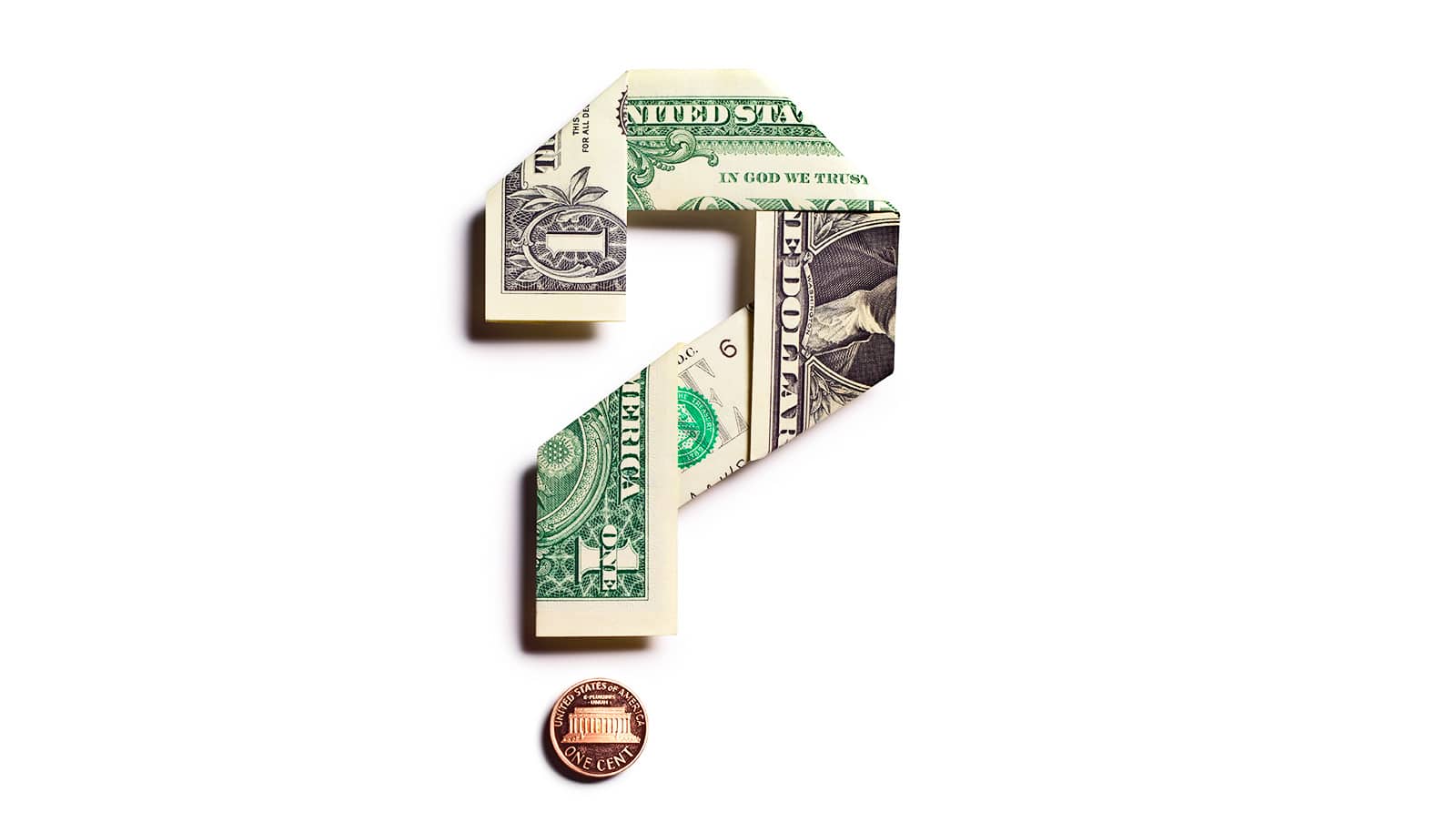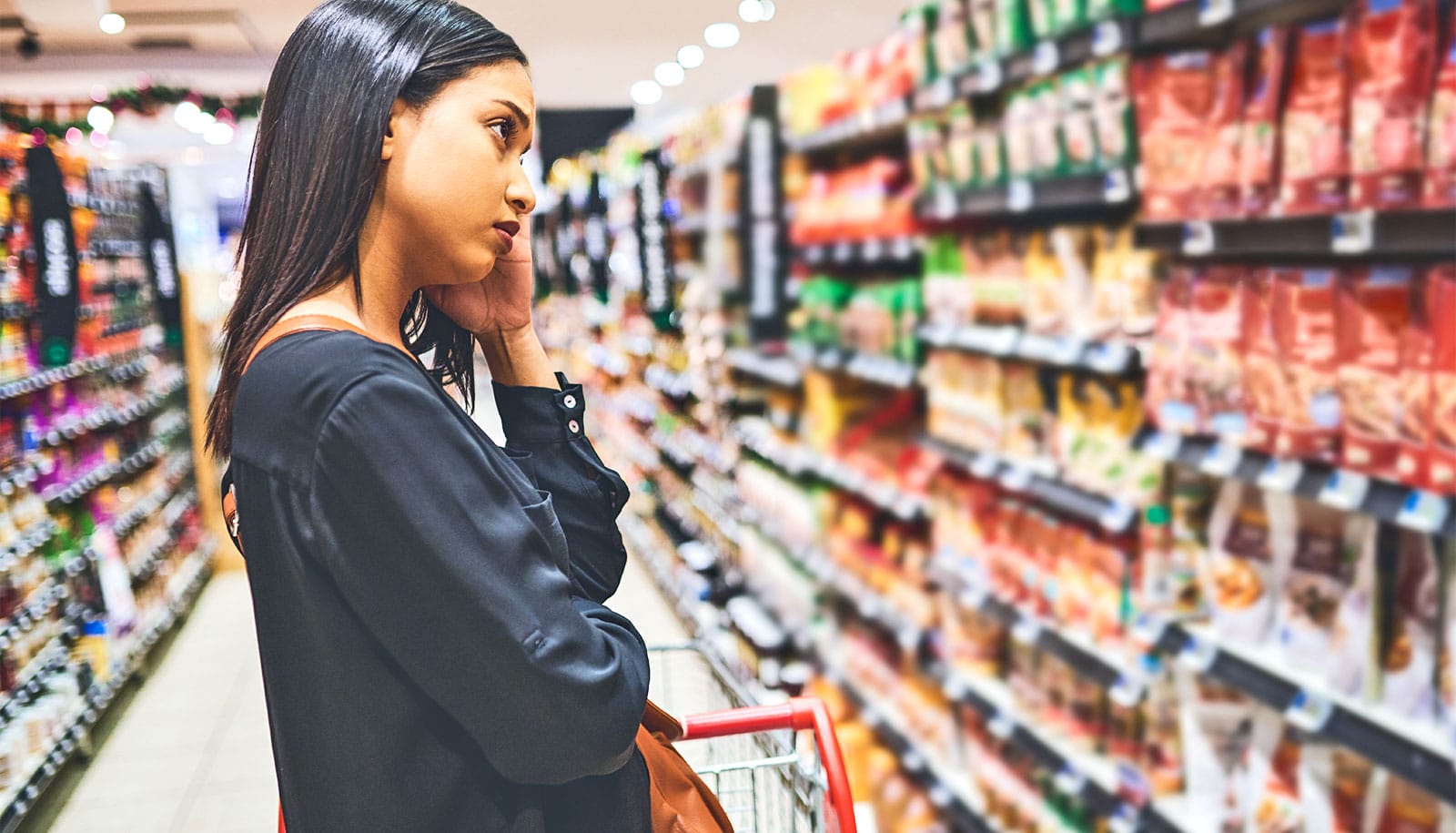The holiday season is ramping up and shopping lists are getting longer by the day.
But many people are wondering how recently imposed tariffs could affect their holiday plans.
Here, Rob Handfield, a professor of operations and supply chain management at North Carolina State University, offers up some answers:
Could you briefly explain how you think about supply chains and trade policy when it comes to holiday shopping?
The announcements made by President Trump on “Liberation Day” in April 2025 created chaos in the global trade environment. The US imposed tariffs on 156 countries, including Mexico, Canada, and China, America’s largest trading partners. The tariffs are causing problems for American farmers, who are being told by China and Europe that reciprocal tariffs will negatively impact them as well, which has threatened the US export of soybeans. Prices of US soybeans have tanked during a record crop, as demand for our soybeans goes to other markets in South America. Strategic products like ships, steel, and agricultural products will also feel the brunt of the effect of these tariffs.
Essentially, the tariffs act as a new tax on consumers. Even if some countries will be able to absorb some of these tariff impacts, an inflation of 10% in tariffs on $3 trillion of imports will cause massive damage.
Many companies front-loaded and stockpiled inventory before the Christmas season, which is a peak sales time for much of the retail sector. However, consumers have already felt price increases on everything from computers and automobiles to appliances and food.
Given your work on tariffs and supply-chain disruption, what key trends do you think consumers and retailers should be aware of as we head into the holiday season?
Christmas shopping will likely feature a bit less variety than usual as importers are more selective on what goods to bring in. But overall, inventory shouldn’t be that affected. I do expect prices for products like furniture to be meaningfully higher than last year.
The price of toys has also increased significantly, as the majority of these toys are produced in China. Apparel and footwear prices have also gone up, since the bulk of these come from Vietnam, Bangladesh, China, and India, which are all experiencing tariffs. Again, retailers have been bulking up on inventory of these goods, but prices have nevertheless gone up.
One of the biggest problems is that with the government shutdown, the source of inflation data, the Bureau of Labor Statistics, is shut down. So economists and business planners do not have access to Consumer Price Index data. It’s like we’re flying blind. Once the BLS opens again, we will likely observe an increase in inflation.
E-commerce sales as a percentage of retail trade sales are holding steady, if not trending slightly up, seasonally adjusted. The non-seasonally-adjusted data shows Q4 always seeing an upward spike in sales, so I would estimate that somewhere between 17.5% to 18.5% of retail trade sales in Q4 will be e-commerce.
It seems as if Christmas decorating starts immediately after Halloween these days. With many decorative lights and holiday decor items imported into the US, how have recent tariffs or trade-policy shifts influenced the sourcing and pricing of such items?
Christmas lights, decorations, et cetera are likely to be similar to last year in terms of imports, especially with the pause in the China tariffs giving importers time to bring in goods.
From the consumer side, what might decor shoppers expect in terms of pricing, availability, or quality in this category, given the supply-chain pressures?
Importers have been stockpiling inventory ahead of the Christmas season. This type of planning often occurs eight to 10 months ahead of Christmas, with orders placed and shipments arriving in Los Angeles from China, where the bulk of these products come from.
For instance, Target announced they had no idea what this year’s earnings will look like. Walmart decided to move all of their Christmas product shipments to June and July 2025, to receive the bulk of their goods for 2025 prior to adoption of the tariffs in August on China, India, Bangladesh, Vietnam, and other Asian countries.
As a result of the push for early delivery, ocean freight rates escalated dramatically, as everyone—not just Walmart—was pushing to get products early and avoid tariffs. Ocean freight lead times have also escalated to 65 days on average. Consumers have also started loading up on inventory. Auto, appliance and consumer goods sales are also up, indicating that consumers are front-loading too.
Because of this inventory front-loading, prices at Christmas will likely be slightly higher than last year, as the inventory is expected to last through the holiday season. The real impact of tariffs—price increases—will be felt in January 2026.
Turning now to Christmas trees: Artificial trees are typically imported, whereas real trees are grown locally or domestically. How do tariffs, shipping costs and supply-chain disruptions affect each of those channels differently?
For Christmas trees, I would expect less variety this year as importers are selective about bringing in best sellers and the items that sell for the highest margins. That means there will be fewer options for shoppers to pick from. Real Christmas tree prices will also likely be higher this year because of a major drought in Oregon, which is one of the primary sources of Christmas tree harvesting. Record heat and prolonged drought have killed a large percentage of newly planted seedlings, with some growers reporting over 70% loss. Mature trees have experienced browning needles, and in some cases, the heat has been severe enough to kill them. The loss of trees means a more uneven supply of Christmas trees in the coming years, potentially affecting availability and price.
Is there a relative cost advantage or disadvantage between real and artificial trees this year because of trade/supply-chain dynamics?
Hard to say. Artificial trees will likely be less expensive than real trees this year, because of the droughts and shortage. There will likely be fewer options for shoppers for artificial trees, as importers are more selective in what they import.
For the broader category of holiday shopping (toys, electronics, apparel, décor, et cetera), how are tariffs and sourcing disruptions shaping the landscape for retailers and consumers this year?
For electronics, computers and the like shouldn’t be affected because they are tariff-free outside of China. Kitchen appliances and the like will likely see less variety because of the tariffs.
What advice would you give a consumer: Should they buy earlier rather than wait, or expect shortages and price increases that might affect timing or purchase decisions?
The biggest advantage to buying earlier will be to get a better selection. Importers have been careful to only import what they can sell, and any goods that are going to be on the shelf have already been shipped and are sitting in warehouses. As we move closer to Christmas, this inventory will be depleted, and there will be less selection available.
Are there any goods in particular that are being most affected by rising costs?
We have already seen significant increases in prices for automotive products, and we’ll also see increased prices for anything that uses aluminum or wood products, like furniture. Oil prices are also going up, so heating bills may be higher for winter. This is being exacerbated by the government cuts in SNAP and energy support for low-income households.
Groceries are primarily locally sourced, but are you seeing any domestic hurdles in the supply chain that would make its way to consumers—be that supply or price?
There has been a major shortage of cocoa due to droughts, so all chocolate products have increased by 80% or more. Beef prices have also increased, primarily due to a long-term decline in cattle herds, exacerbated by recent drought, high-input costs, and strong consumer demand. This supply-and-demand imbalance has led to record-high prices, with ground beef and steaks increasing by roughly 13% and 16%, respectively, over the past year. Both consumers and restaurants are showing higher demand for chicken, partly due to the rising cost of beef. This surge in demand puts pressure on supplies. Also, outbreaks of highly pathogenic avian influenza have significantly impacted the supply of chickens and eggs, leading to lower inventory and price increases, which have been going up significantly since the beginning of 2025.
Is there anything we haven’t touched on that you think is crucial for holiday shoppers to understand about the interplay between tariffs, supply chains, and their purchase behavior this season?
The net impact of the tariffs is hurting manufacturers around the globe most of all. Producers of toys and kitchenware are seeing demand stagnate; production of apparel and soft goods is declining; and because of the suddenness of the tariffs, manufacturers are sitting on a ton of finished-goods inventory no one wants to buy. Reports are showing that manufacturers in China, India, and Bangladesh have up to $30 million to $40 million of inventory sitting on their docks. The large factories with deep pockets can afford to wait it out, but smaller manufacturers will likely go under, because their working capital is being squeezed, and they can’t keep this up for more than a few weeks. Everyone has a limit as to how long they can hold out. And if some of these apparel factories go under, they cannot be replaced overnight. It could take years to replicate their capabilities, especially in China and India.
Source: North Carolina State University



